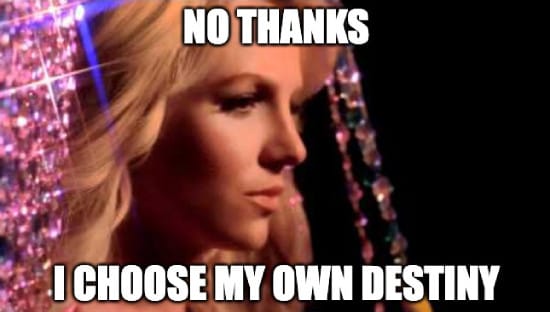What a year it’s been for Circle, the issuer of USDC:
👉 They went public with a wildly successful IPO;
👉 Their revenue and reserve income increased 53% YoY to hit $658M;
👉 And USDC got a clearer legal framework in the US when the GENIUS Act was signed into law.
The latest? Circle is launching Arc, an open Layer-1 blockchain made specifically for stablecoin finance.
It’ll run on USDC as its native gas token, include a built-in FX engine for direct currency swaps, confirm transactions in under a second, offer optional privacy tools, and connect with Circle’s existing platform.
Sounds pretty sick, amirite?
But if you scroll through the top comments under the announcement post, you’ll notice that almost everyone is saying the same thing.
(And, spoiler alert: it’s not very positive).
So, what’s up? 🤨 Why are people side-eyeing Circle for building a new Layer-1 instead of launching an Ethereum Layer-2?
Quick breakdown:
Layer-1 = the main blockchain that processes and records transactions itself (like Bitcoin, Ethereum, Solana).
Layer-2 = a blockchain built on top of a Layer-1 to process transactions faster and cheaper, then send the receipts back to the main chain for security.
And the L2 suggestion keeps coming up because in recent years, most new blockchains have been Ethereum L2s. That’s ‘cuz they:
👉 Get to plug straight into Ethereum’s user base, liquidity, and developer tools;
👉 Inherit Ethereum’s proven safety;
👉 Can easily connect to the most active DeFi and NFT markets in the world.
For Circle specifically, an L2 might’ve seemed like the obvious choice – USDC already moves heavily on Ethereum, and an L2 launch would integrate with the wallets, exchanges, and dApps that already support both.
But they went like:
|
Because by launching Arc as an L1, Circle gets what those L2s don’t: full control (over fees, upgrades, governance, and features – no need to wait for Ethereum’s approval).
The trade-off? Adoption.
Even with EVM compatibility – meaning Ethereum apps and tools can run on Arc with minimal changes – Circle still has to convince developers, exchanges, and users to actually use it, instead of sticking with the dozens of chains that already host USDC.
So, in short:
😃 It’s a smart decision if Circle wants long-term independence, more control, and a tailor-made home for stablecoin finance.
😬 But it’s risky if they can’t attract enough real usage quickly, because then Arc risks ending up as “yet another chain” in an already crowded market.
|
Now you’re in the know. But think about your friends – they probably have no idea. I wonder who could fix that… 😃🫵 Spread the word and be the hero you know you are! |

